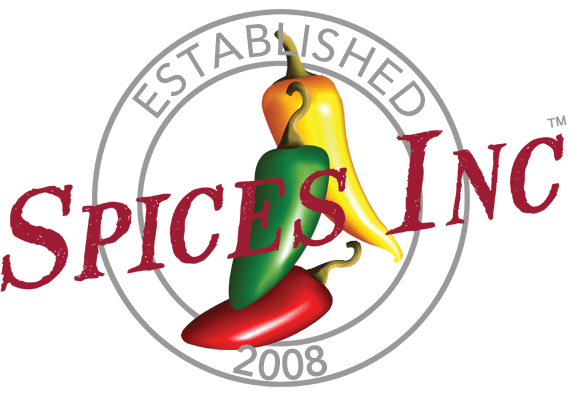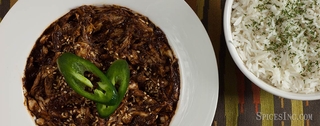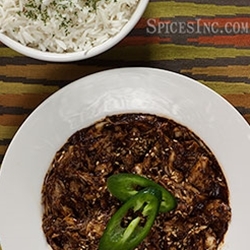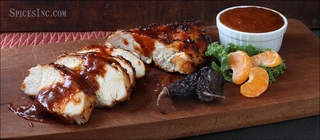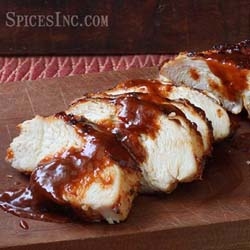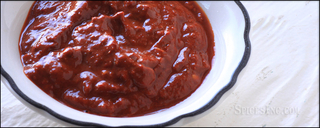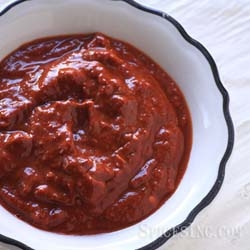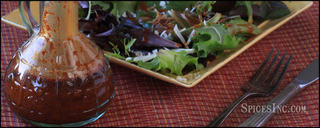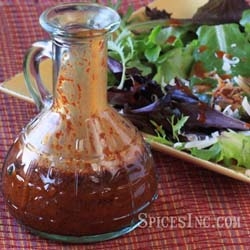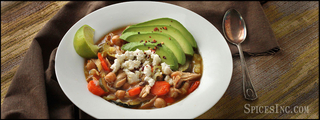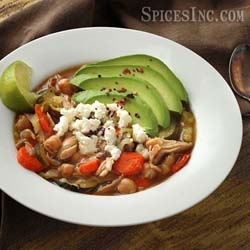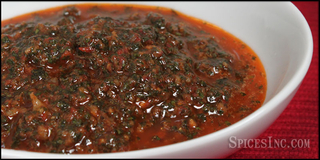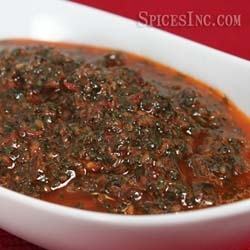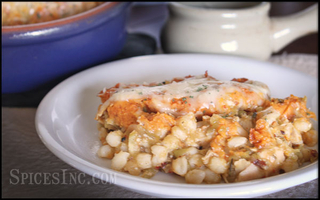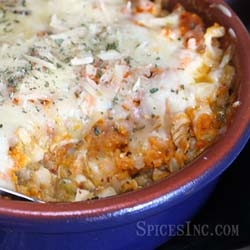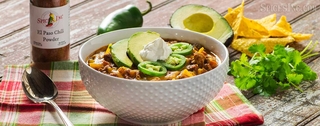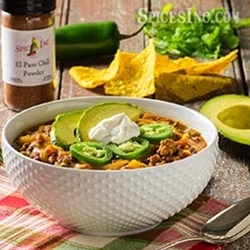Chipotle Morita Chiles
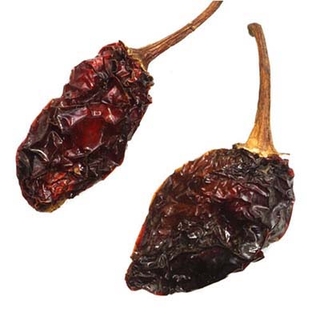

Chipotle Morita Chiles
Chipotle Morita chiles, Capsicum annuum, deliver medium heat and measure 2,500-10,000 Scoville Heat Units (SHU). They may also be known as chile morita, morita chiles, chipotle morita or chiles morita.
Chipotle Morita chiles are formed when red ripe jalapeños are dried, then lightly smoked. These dark red chiles are named after the Spanish word morita, which means “little blackberry.” The word chipotle stems from the Nahuatl word chīlpoctli, meaning “smoked chile.”
There are approximately 9 chiles per ounce.
This pepper is popular with Mexican restaurants, sports bars, food trucks and brewers as well as manufacturers of various ethnic sauces and cocktail mixes.
One Morita chile pod is equal to 1/2 teaspoon of Morita Chile Powder or 3/4 teaspoon Chipotle Morita Flakes. This chile is also grown organically and is available as Organic Chipotle Morita Chiles
Flavor Profile
These chiles are smoky, with a somewhat sweet chocolaty aroma and flavor.
Heat Level
Chipotle Morita are considered a medium heat chile and come it at 2,500 to 10,000 SHU (Scoville Heat Units).
How To Use
Originally, Chipotle chiles were commonly used to flavor salsas, stews and soups but now this popular flavor has found its way into everything from fried chicken to chips.
Chipotle chiles are excellent with beef, chicken and pork chops. We love to pair them with fruit in Orange Chipotle Grilled Chicken. Extract every morsel of flavor as they simmer low and slow in Spicy Slow Cooker Chili. Make an Adobo Sauce and use it to top huevos rancheros. Chop and stir into queso, pickles, or anything that needs a sweet and smoky edge. You can even try them in chocolate bark!
Substitutions could include the Chipotle Meco Chile, which has a similar smoky flavor and comparable SHU of 2,500 to 10,000 or the Pasilla de Oaxaca Chile which is also smoky, but is hotter, measuring 15,000 to 20,000 SHU on the Scoville heat scale.
| Also Called | Chile morita, morita chiles, chipotle morita, chiles morita |
| Species | Capsicum annuum |
| Ingredients | Chipotle morita chile |
| Flavor Profile | Smoky, with a somewhat sweet chocolaty aroma and flavor |
| Scoville Heat Units | 2,500 - 10,000 SHU |
| Recommended Uses | Salsas, sauces, chili, queso dip, black beans |
| Cuisine | Mexican, Tex-Mex |
| How To Store | Airtight container in a cool, dark place |
| Shelf Life | 1-2 Years |
| Country of Origin | Mexico |
Nutrition Facts
Serving Size1 chile, 3g
Amount Per Serving
Calories10
% Daily Value*
Total Fat0g0%
Saturated Fat0g0%
Trans Fat0g
Polyunsaturated Fat0g
Monounsaturated Fat0g
Cholesterol0mg0%
Sodium2.7mg0%
Total Carbohydrate2.1g1%
Dietary Fiber0.9g3%
Total Sugars1.2g
Added Sugars0g0%
Sugar Alcohol0.0g
Protein0.3g0%
Vitamin D0mcg0%
Calcium1mg0%
Iron0mg1%
Potassium56mg1%
*The % Daily Value (DV) tells you how much a nutrient in a serving of food contributes to a daily diet. 2,000 calories a day is used for general nutrition advice. These values were calculated and therefore are approximate. For more accuracy, testing is advised.
